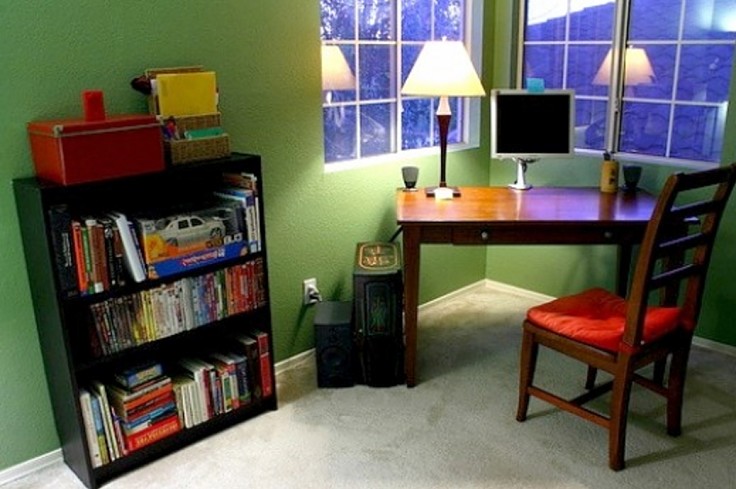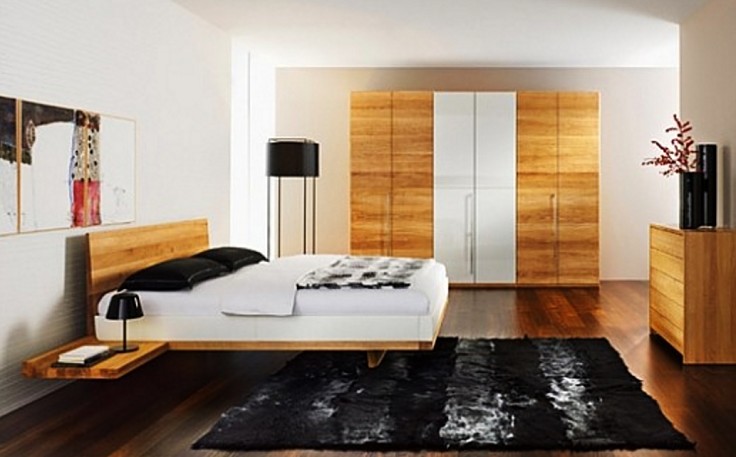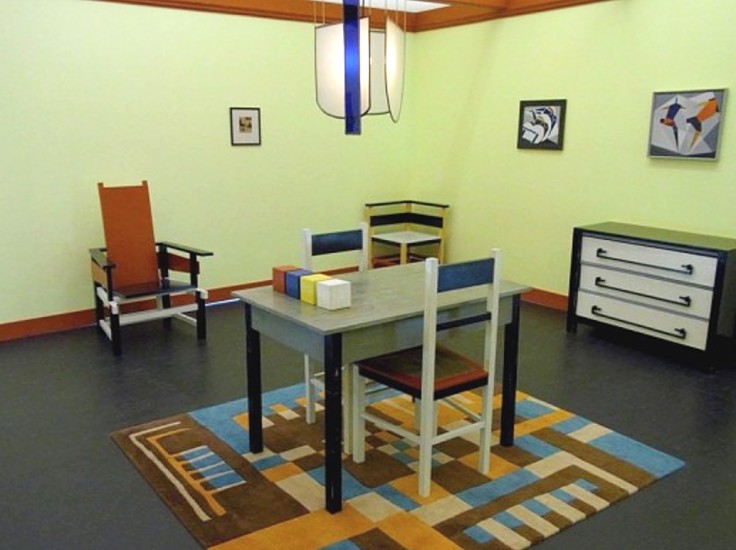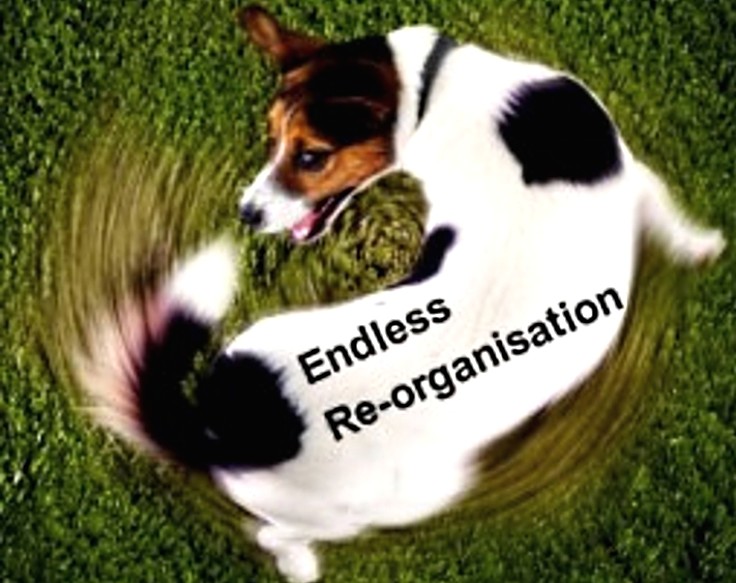Best Organizing Tips for Home and Office
The key to getting better organised in the home and office is to recognize and apply the ten best organizing tips for your situation and lifestyle. The top tip is 'Don't waste your Time' by becoming a slave to organization advice, lists, methods and strategies. You will end up chasing your tail and wasting lots of time! Instead you need to focus on these key words: Less, Smarter, Better, Prioritise.
If you are unorganised and cluttered the solution is to get rid of stuff and simplify everything - not spend hours reorganizing all your stuff, cataloguing, building more storage spaces, etc.
That will mean you have more stuff to keep organized and will have to spend more and more time keeping it tidy with organization strategies. If you can't bear to part with various items pack it away and put it in storage in the garage or somewhere else. This will wear down your reluctance to dump it.
Only keep what you really love NOW in your immediate living area, and have less - much less kept there by fiercely prioritising things you keep by frequency of use.
If the aim of getting better organised is to become more productive and efficient then this means you don't want to waste more of your time getting everything organized.
Don't become a slave to tidying up, and making calendars and to do lists. You will end up with the tail wagging the dog. You may be better organised but you will be cluttered and burdened with spending hours and hours organizing things.
For most people, the better organized they try to get, the more wasteful and inefficient they become, and the more time they spend on keeping organised.
Getting more things done and having the time for the things that really matter depends on having less stuff to organise, fewer things to do, setting priorities and being smarter and more efficient.
So the big mistake that people make when faced with trying to get things organised is that they simply reorganised the deck chairs, build more efficient storage systems, install more cupboards and bookshelves, etc. You need a smaller boat!
Step 1 - LESS
The key to getting more organised is to have less stuff, ruthlessly eliminate what you don't use and need and find ways to do things faster, better, smarter and simpler. Less is much easier to organise.
If your clothes are in a mess - you don't need another cupboard, you don't need more shelves - you need less clothes!
Allocate a priority system - if you don't use it - dump it or put it into storage. If its summer, put all your winter clothes away in storage.
Be ruthless and only have the things you wear often in your immediate storage area. Less clothes = less clutter = better organised = time saved reorganising too much stuff.
Step 2 - Cut Down the Amount of Time You Spend Getting Organised Each Day by Half
Staying organised is a waste of time. Preparing elaborate to do lists and three month plans is a waste of time. You need to find simple and smart ways for organising what you do and when you do it. Don't become a slave to your to do list software or your daily calendar - find simple ways to do them very simply and quickly. You them only as simple reminders to jog your memory. One example is the 'sticky-note' stack. Simply write down what you have to do on sticky notes, organise them in priority order and hey presto you have a list of items to do one at a time working through the pile.
Step Three - Do things Smarter and Get the Technology Working for You rather than becoming its Slave
Researchers has shown that people who organised email and other documents into folders took more time to find an email or a document than those people who had one folder and simply "searched" to find what they were after. The time and overhead required to create and managing folders were effectively a waste of time. Starting the name of a file with the date in reverse order "yyyymmdd" mean that files are automatically sorted with the latest version on top - this saves heaps of time. Are your folders and filing systems worth wasting 15-25 minutes organizing and re-organizing them?
Step 4 - Rationalise and Prioritise by Frequency of Use
- How many pans and pots actually fit on your stove at the same time? Why do you need so many?
- How many vases can you use at the same time? Why do you need so many and how many of them simply never get used.
- How many pens do you actually use? Why so many and what about all those useless items on your desk that you hardly ever use. Dump them in a drawer of get rid of them.
- How many T-shirts and other items of clothing d you actually use/ If you never wear them why keep them?
Step 5 - It’s only Stuff, Let it Go
Keep a row of bags in the garage labeled for various stuff you want to get rid of because you never use it. Use one box for 'precious mementos' you can't bear to throw out. If they are out of sight, your love for them will fade in time. Only keep the things that really matter in your living spaces. Keep one bag for the local charity bin or shop, one to go to friends and relations one goes to recycling, one goes to the 'must sell sometime' bag and one is for rubbish. When each bag gets full dispose of the contents to the nominated destination.
Step 6 - One in - One out - The Least Used Item gets Dumped First
Whenever you get something new always get rid of something old, even if its not related. This the best way to ensure things don't build up and become clutter.
Step 7 - Only Retain what you really Love and Cherish NOW
Just because somebody you love gave you something doesn't mean you have to display if you don't love it. Use a revolving system to rotate the groups of mementos. You will appreciate them more if they are part of the visiting exhibition.
Step 8 - Put Things Away in Bulk Storages
For a streamlined, less cluttered look get highly efficient storage systems that efficiently store things in minimal spaces. This includes kitchen cabinets and shelving systems but remember to minimize the stuff stored in them. Set up a 'Used-by-date' system - if its not used at least one or twice a month - dump it or store it in the garage.
Step 9 - Declutter your brain by not trying to remember everything. Avoid distractions and focus on one thing a time.
You may be surprised that many people like to be distracted especially when faced with a difficult task. Likewise many people spend far too much time on a task than they should because they attempt to multi-task and switch between tasks done at the same time. This is very inefficient, wastes time and generates poor outcomes. Do one thing at a time and allocated a certain amount of time to the task and stick with it. Don't think about the things you can't do. Think about the things you can do one at a time.
Step 10 - Avoid Excessive use of Calendars, To Do Lists and Personal Organizers
People can become slaves to their calendars and organizer tool and spend hours preparing and updating them. Only use these tools to keep simple track of dates and appointments and Tasks Lists - no more. Once you start to get suckered into complex details see the warning signs and back-track to the simple stuff.
Conclusion:
- Think 'Less'
- Keep things Simple and Efficient
- Keep Spaces Clear of clutter
- Declutter the Chaos!
- Declutter your Brain!
- Remove the Need to Reorganise




